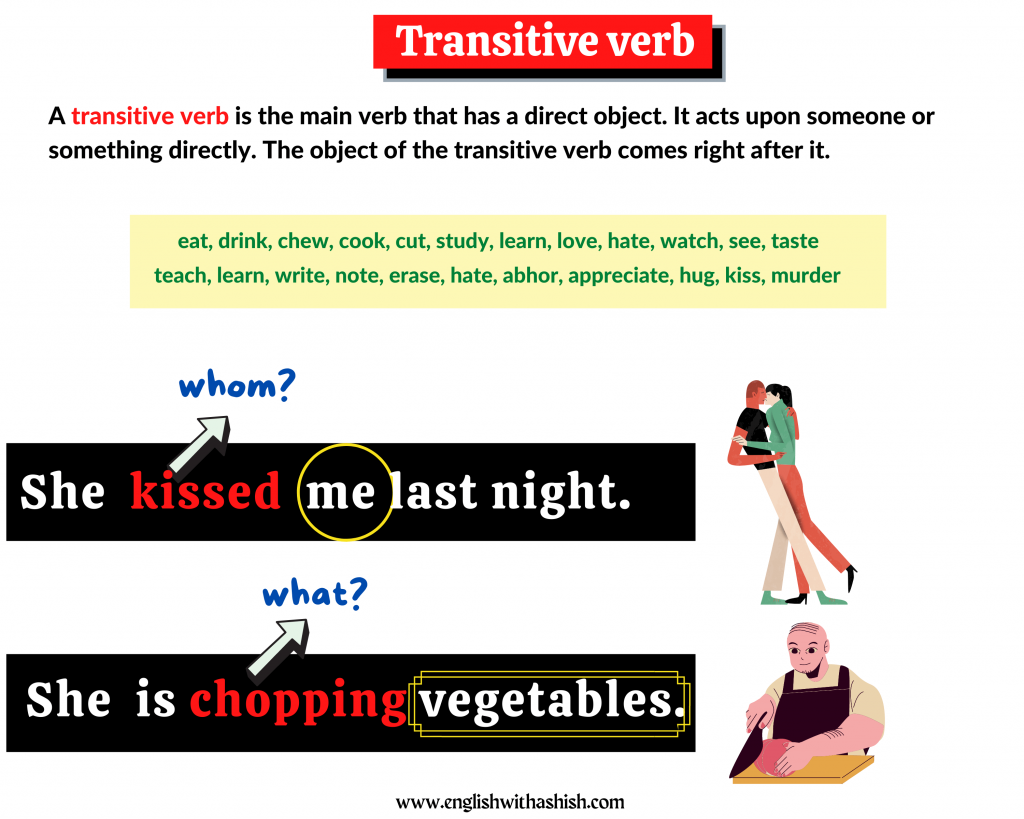Transitive verbs are action words that require a direct object to complete their meaning. They are essential in constructing meaningful sentences and conveying clear messages. Here are 10 transitive verbs that you can incorporate into your writing to add depth and clarity.
1. “Eat” – She eats a delicious meal every day. This transitive verb requires a direct object (meal) to complete the action.
2. “Write” – He writes captivating stories for his readers. The verb “write” is transitive as it needs a direct object (stories) to make sense.
3. “Build” – The construction workers build a new skyscraper in the city. The verb “build” requires a direct object (skyscraper) to show what is being constructed.
4. “Cook” – My mom cooks a delicious dinner for our family every night. The transitive verb “cook” needs a direct object (dinner) to complete the action.
5. “Paint” – The artist paints beautiful landscapes on canvas. The verb “paint” is transitive as it requires a direct object (landscapes) to show what is being painted.
Transitive verbs are powerful tools in writing as they help convey actions more clearly and precisely. Incorporating a variety of transitive verbs can enhance the quality of your sentences and make your writing more engaging and descriptive.
In conclusion, transitive verbs play a crucial role in sentence construction and communication. By using transitive verbs like “eat,” “write,” “build,” “cook,” “paint,” “play,” “read,” “teach,” “drive,” and “complete,” you can create dynamic and expressive sentences that effectively convey your message. So, next time you write, remember to include these transitive verbs to make your writing more impactful and engaging.
